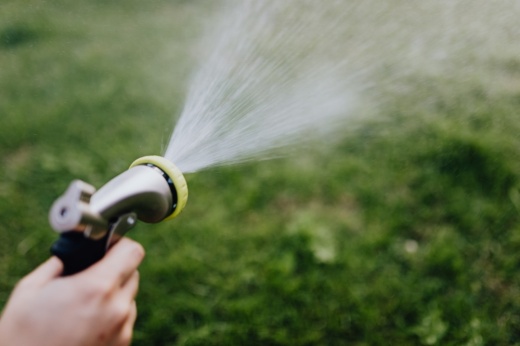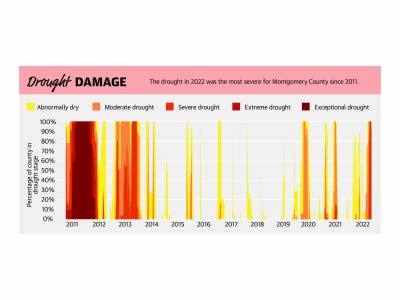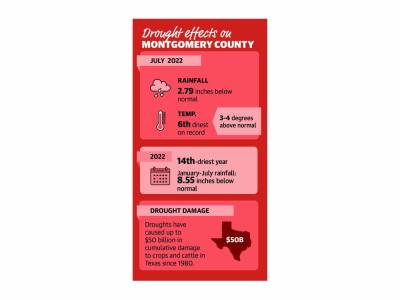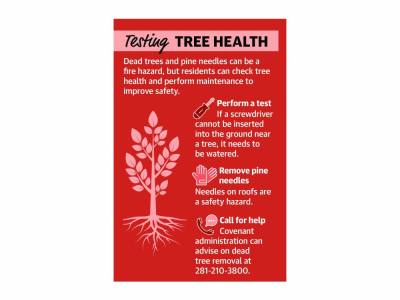However, drought management has been on the radar in The Woodlands area since severe droughts in 2009-12 because of its 7,000 forested acres and many bodies of water, township officials said. As a result the township has been reviewing its conservation practices this year, officials said.
Some residents have said that efforts to maintain water levels in some of the township’s ponds were not enough, citing low water levels and other conditions they said seemed dangerous for wildlife.
Resident Larry Taylor said at the Aug. 24 meeting he estimated the ponds were 4 feet lower than normal in August despite some other area bodies of water such as Lake Paloma being back at a healthy level. “We’re looking for answers or resolution to somehow increase the drainage or the runoff to improve these ponds,” Taylor said. “Our ponds are still suffering, and it’s disheartening to see.”
Township officials addressed the topic Aug. 24, stating while the drought was cause for vigilance, it had not resulted in conditions deteriorating to where the township needed to dip into the 9.5 million gallons it has available at nine local wells to fill ponds. If drought conditions return in September and October, the township may need to draw from those limited supplies, officials said.
Future solutions could include purchasing water through the San Jacinto River Authority or finding ways to increase rainwater flow to the ponds most affected during droughts. According to township officials, if the oxygen level in ponds reaches 50%, water can be added, but additional strategies for obtaining that water may be needed.As of early September, the U.S. Drought Monitor indicated long-term drought conditions were expected to remain but improve in parts of southern Montgomery County. The U.S. Drought Monitor estimated Montgomery County rainfall was 2.79 inches below normal in July. Rainfall totals for August were not available as of Sept. 8.
Several residents who spoke during the board meeting disagreed with the township’s assessment and said a better long-term plan is needed to keep ponds filled in future droughts.
As of late August, the township was in Stage 1 of its drought management plan, which includes checking on ponds when they reach 50% capacity to guard against pond health issues.
Chief Operating Officer Chris Nunes said enacting conservation measures rather than adding more water to the system is preferred due to limits on pumping. Nunes said if nine township ponds were filled with 1 foot of water, it would exceed its 9.5 million-gallon limit. Due to conservation efforts, Nunes said water consumption has gone down from 200 gallons per person to 91 gallons per person over 10 years, a 43% decrease. Other measures such as computerized irrigation have saved 24.3 million gallons a year, Nunes said.
“To me, that means water conservation efforts are working,” he said.
Nunes said healthier looking bodies of water such as Lake Paloma are fed by runoff.
In addition to ponds, however, the long-term health of township trees is also an issue during droughts, Nunes said.
A total of 532 dead trees were removed in the township in 2022 as of the Aug. 24 meeting, officials said.
“We’re looking at a message from The Woodlands Fire Department and talking about what we can do with dead trees,” Nunes said.
He said residents can check the condition of a tree by attempting to insert a screwdriver into the ground near the roots. If it will not penetrate the soil, slow watering is needed to hydrate the tree.
Fire Chief Palmer Buck said dry debris such as pine needles in gutters and on rooftops can be a conduit for accelerating fires and should be removed by residents.
Throughout township-owned land, reforested trees are watered, but watering all of the trees on the township’s 2,800 acres of public property is not practical, Nunes said. The drought in 2022 was the most severe for Montgomery County since 2011.








